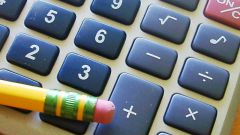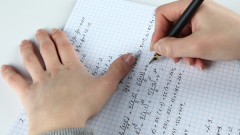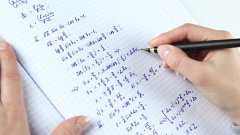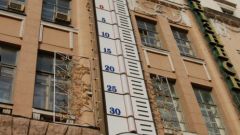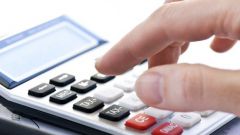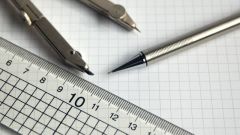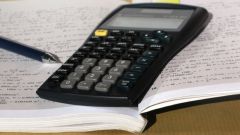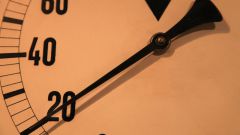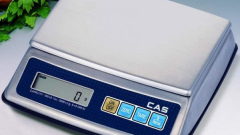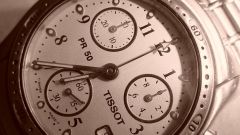You will need
- the results of measurements;
- calculator.
Instruction
1
First and foremost, spend several measurements of the same value to be able to calculate the actual value. The more measurements, the more accurate will be the result. For example, Apple weigh on the electronic scales. Let's say you got the results 0,106, 0,111, 0,098 kg.
2
Now calculate a valid value (valid, true because it is impossible to find). To do this, total the results and divide them by the number of measurements, i.e., find the arithmetic mean. In the example, a valid value is (0,106+0,111+0,098)/3=0,105.
3
To calculate the absolute error of the first measurement subtract from the result the actual value: 0,106-0,105=0,001. In the same way, calculate the absolute error of the remaining measurements. Please note, regardless, you get the result with a minus or plus sign of the error is always positive (i.e. you take module value).
4
To obtain the relative error of the first dimension, divide the absolute error to the actual value: 0,001/0,105=0,0095. Please note, usually the relative error is measured in percent, so multiply the resulting number by 100%: 0,0095х100%=0,95%. In the same way consider the relative error of the remaining measurements.
5
If the true value is already known, immediately start for the calculation of errors by eliminating the search arithmetic mean of measurement results. Immediately subtract from the true meaning of the result, you will find the absolute error.
6
Then divide the absolute error to the true value and multiply by 100% - this is relative error. For example, the number of students 197, but it was rounded up to 200. In this case, calculate the rounding error: 197-200=3, relative error: 3/197х100%=1,5%.

